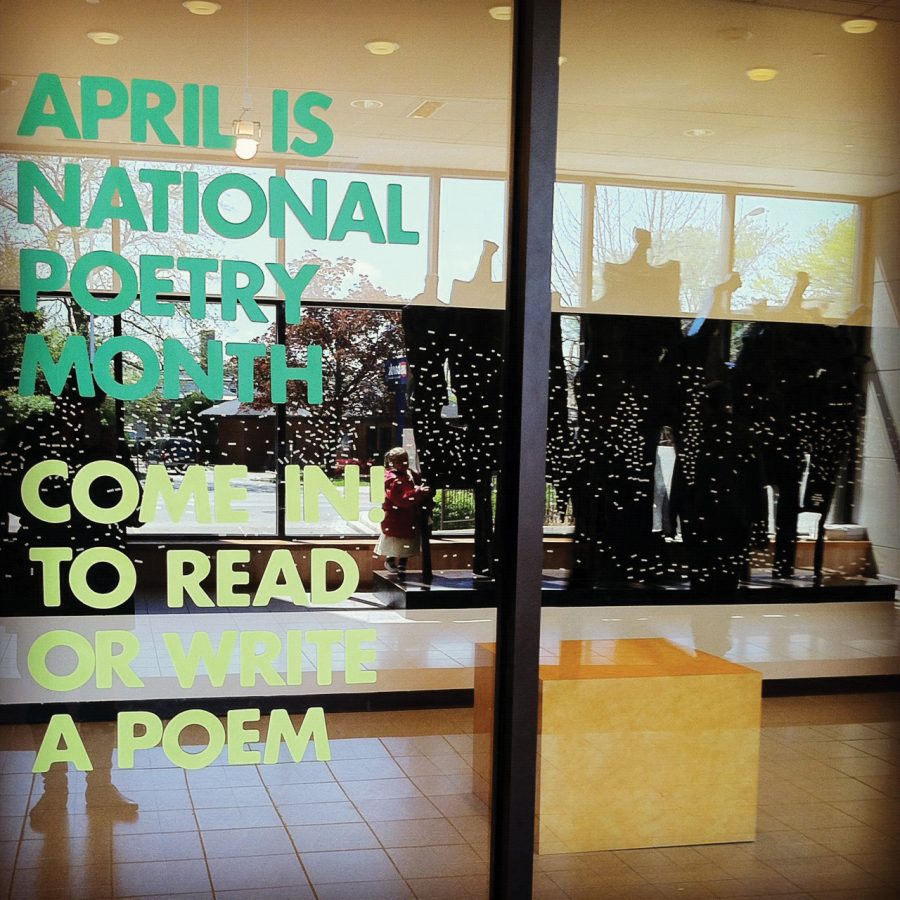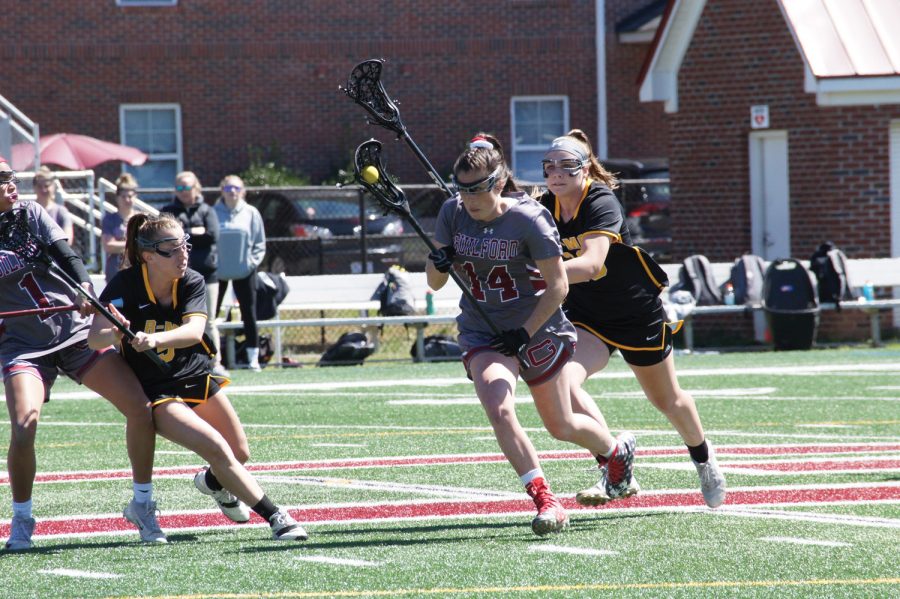
Chris Testerman made his first fiddle in high school.
“Fiddle was my favorite instrument, but I couldn’t afford one, and my family couldn’t neither,” he said.
Luckily, he met Audrey Hash Ham, a luthier — or instrument maker — and fiddle player, who helped him build an instrument of his very own.
“I figured out I could build and instrument for little or nothing, (and) that was better than anything I could buy,” said Testerman.
Now, Testerman is one of three instrument makers featured in a traveling exhibit at the High Point Museum called “The Luthier’s Craft.” Created by the Mount Airy Museum as a traveling exhibit, it highlights the history of building and playing traditional instruments in the Blue Ridge Mountains.
Featured alongside Testerman are two other instrument makers —Johnny Gentry, a banjo maker, and Wayne Henderson, a guitar maker. All three makers are from the Round Top area in northern North Carolina, and together represent the major instruments of the regions traditional music.
The luthiers also all have some connection to one of the great instrument makers of the region — Albert Hash, Ham’s father.
“Albert Hash is the connecting thread (of the exhibit),” said Michael Scott, the museum’s curator of education.
Like Testerman, Hash built himself a fiddle as a child when he was unable to afford one during the Depression, with almost no tools, and then kept building them. Testerman owns a fiddle made by Hash around 1950 without so much as sandpaper — all the work was done with a pocketknife.
“The work is perfect,” said Testerman.
Hash led a revival in the region’s tradition of musical instrument making and helped several people, including his daughter and her partner, learn the luthier craft.
Gentry and Henderson also both played with Hash.
Henderson, a retired postal worker, has won numerous folk music awards and was even commissioned to make two guitars for rock and blues legend Eric Clapton.
Gentry, a retired correction officer, has made banjos for 10 years and still plays and teaches. The one in the exhibit is a style highly local to the Round Top region — the top half of the finger board is fretless and covered with a sheet of brass, giving it a particular, metallic sound.
“We were trying to get the exhibit here to match up with the folk festival (in Greensboro),” said Scott.
North Carolina has a rich musical tradition in many genres, and as a transportation hub, High Point is a place where the music could mix.
“One of the things that travels best, because is never spoils, is music,” said Scott.
The High Point Museum has supplemented the traveling exhibit with musical instruments of their own — including two turn of the century cigar box guitars made locally. These improvised instruments are still being made in High Point, as evidenced by a collection of cigar box guitars on loan from a local business, Madura Bob’s Luthiery.
The exhibit will stay in High Point until Dec. 17. On Sept. 8 at 6, Henderson will host a discussion, and on Nov. 18, Testerman will give a presentation, both at the museum. All events are free.
Visitors to the museum can also learn more about High Point’s history, including seeing jazz legend John Coltrane’s piano and machines from High Point’s former furniture factories.









